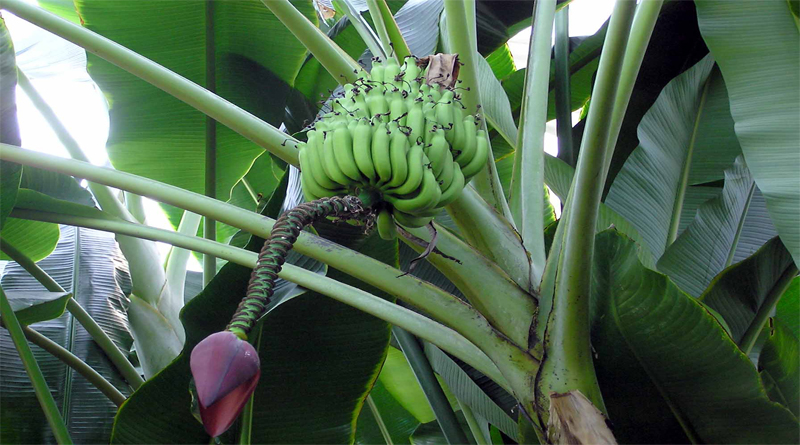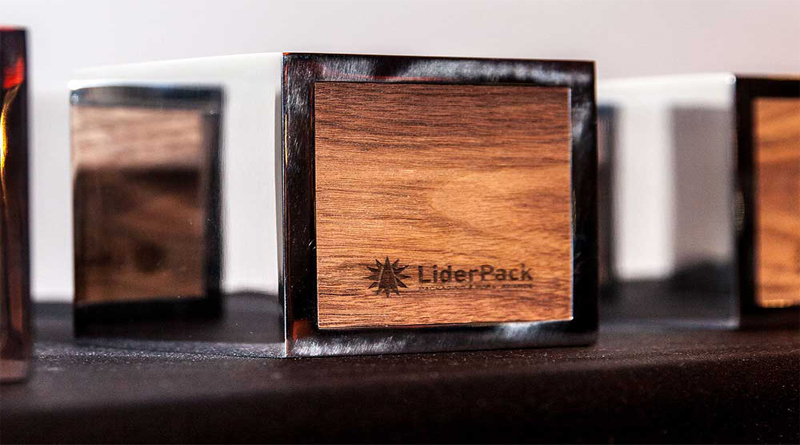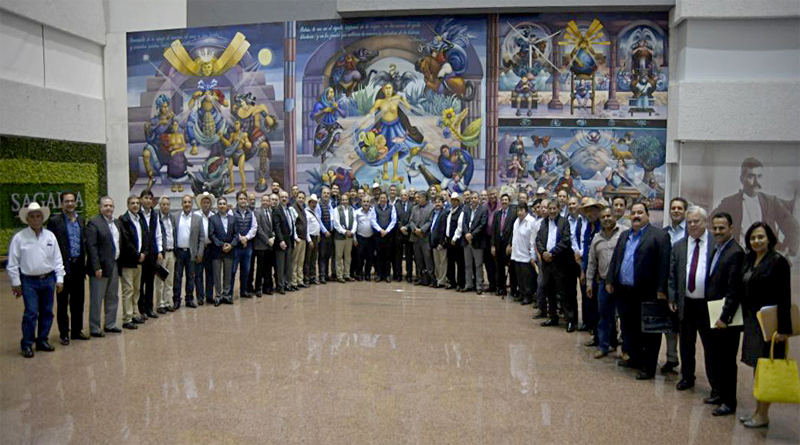Sticky melting ice cream got you down on a hot summer day? Researchers say the solution to a creamier, longer-lasting ice cream may come from cellulose fibers extracted from banana plant waste.
“We found that the addition of up to 0.3 wt. % (0.3 g of nanofibrils per 100 g of ice cream mix) of cellulose nanofibrils (cellulose whose diameter is nearly a hundredth of the diameter of a human hair), managed to produce a creamier product, with a higher viscosity and lower melting rates; at the highest amount of nanofibrils, the melting rate is reduced by half,” explains Robin Zuluaga Gallego, a researcher at the Universidad Pontificia Bolivariana. “We also obtained an increment in the melting onset time of nearly 20 minutes when the maximum content of nanofibrils was added to a 10 wt. % fat formulation. It was also observed that cellulose nanofibrils could not control ice crystal growth, however, they masked this phenomenon.”
Once bananas are harvested, the remaining banana plant material is considered waste. The research team from the Universidad Pontificia Bolivariana in Colombia and the University of Guelph in Canada investigating compounds in the banana plant material found that a fibrous extract from the banana fruit stems, or rachis, have some specific functions in the complex ice cream matrix. “It was evidenced that the cellulose nanofibrils could act as a colloidal agent and help to replace some of the fat without a noticeable difference in the product texture, allowing a dessert with a lower amount of calories without a change in textural quality,” says Zuluaga Gallego. “It also shows possible applications of nanotechnological particles obtained from natural resources, such as banana rachis, in the food industry which could result in the development of novel products.” The researchers discussed their work at the 255th National Meeting & Exposition of the American Chemical Society.
Ice cream is not the only application in which cellulose nanofibrils enhance texture; Zuluaga Gallego says that cellulose nanofibrils have been shown to improve the stability of sauces, partially reduce the use of polyphosphates in sausage, and improve moisture retention in hamburgers.
Next up in the area is to conduct research that examines the interaction between vegetable oils and cellulose nanofibrils in the presence of different emulsifiers, says Zuluaga Gallego. He explains that the importance of continuing the research in this direction “would show relevance in the development of edible emulsions and new frozen desserts as the replacement of dairy fat by vegetable oils tends to be a widespread practice in the industry, therefore the knowledge of cellulose nanofibrils under these conditions could help to understand its mechanism of action and propose novel products.”
Source: IFT









